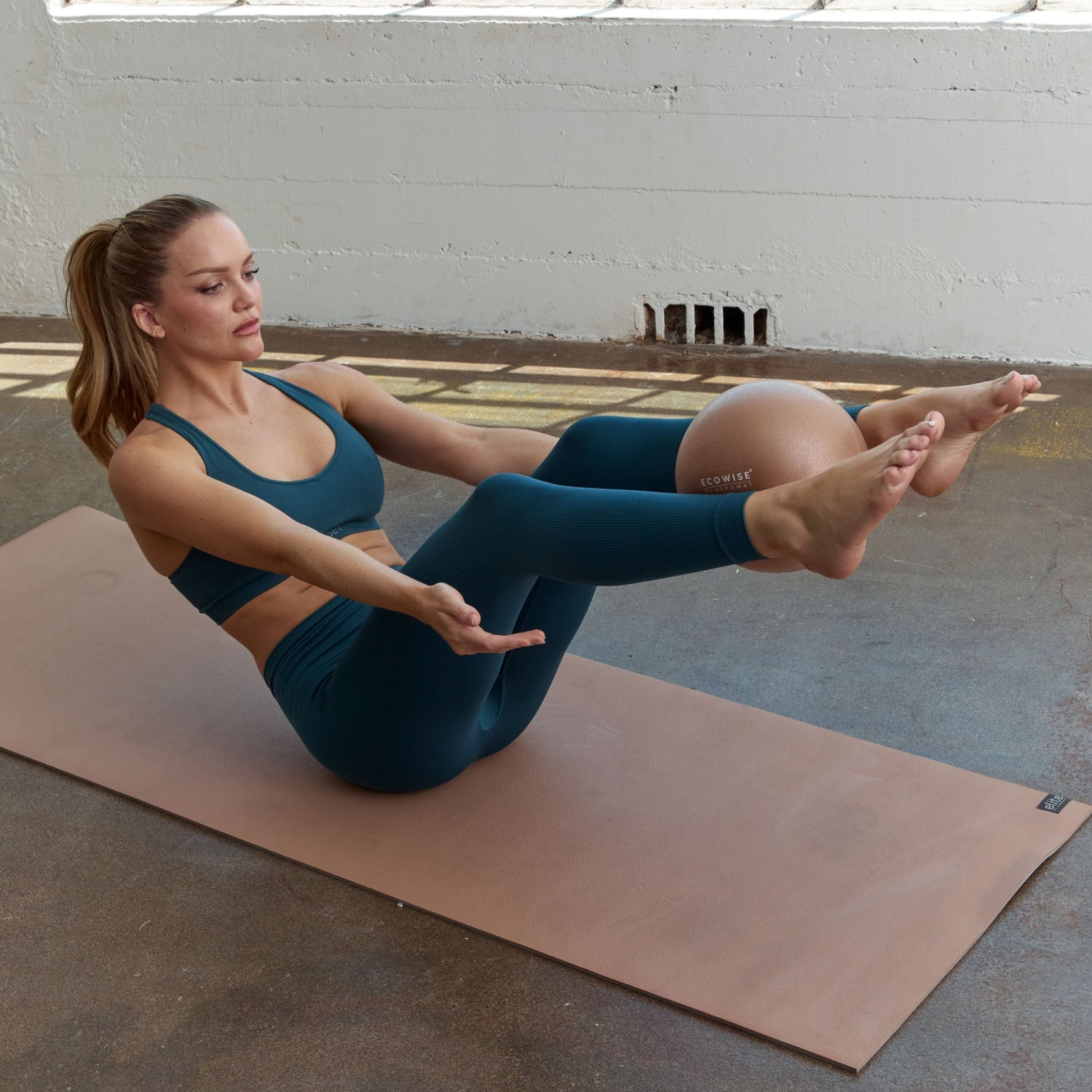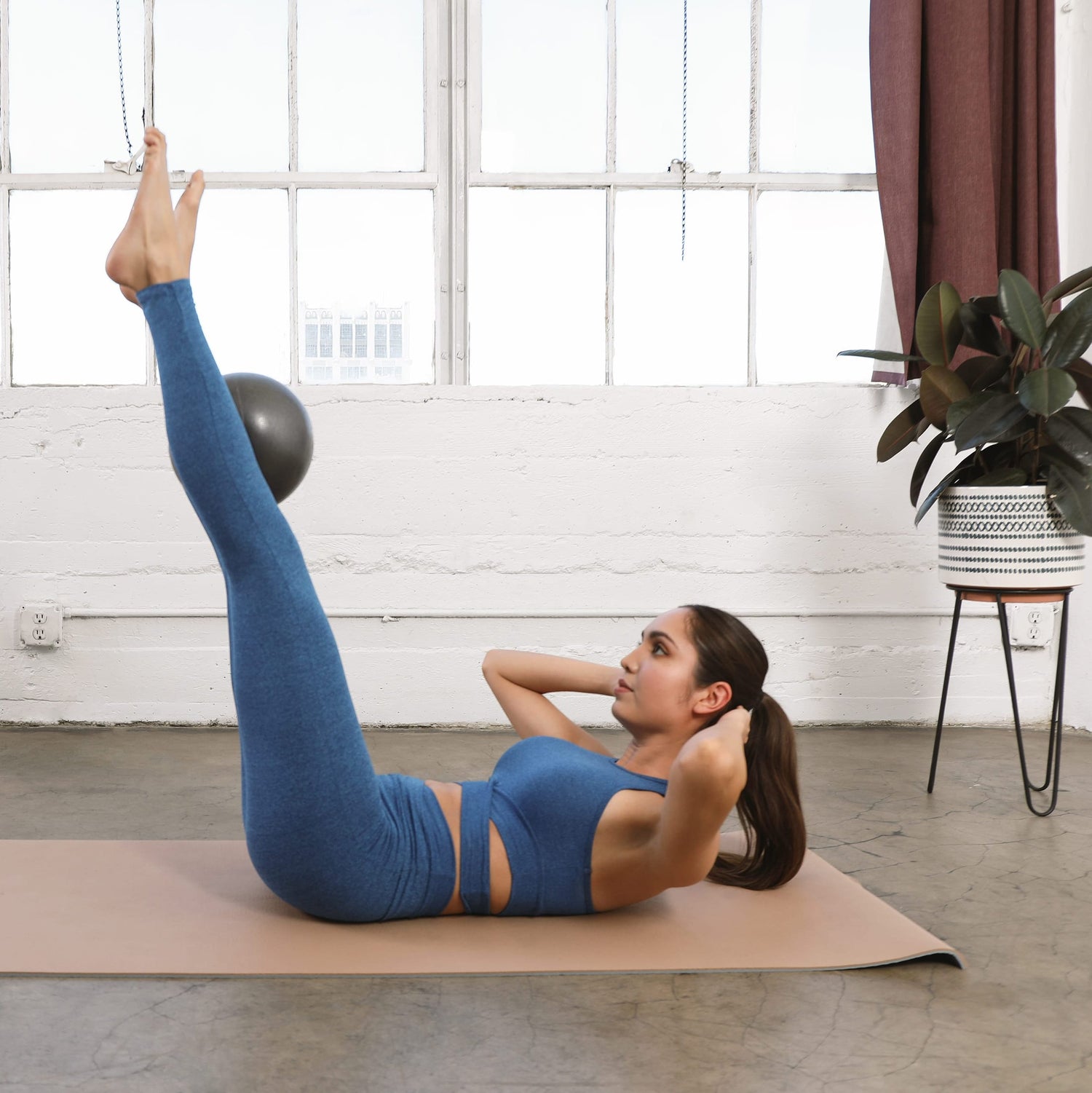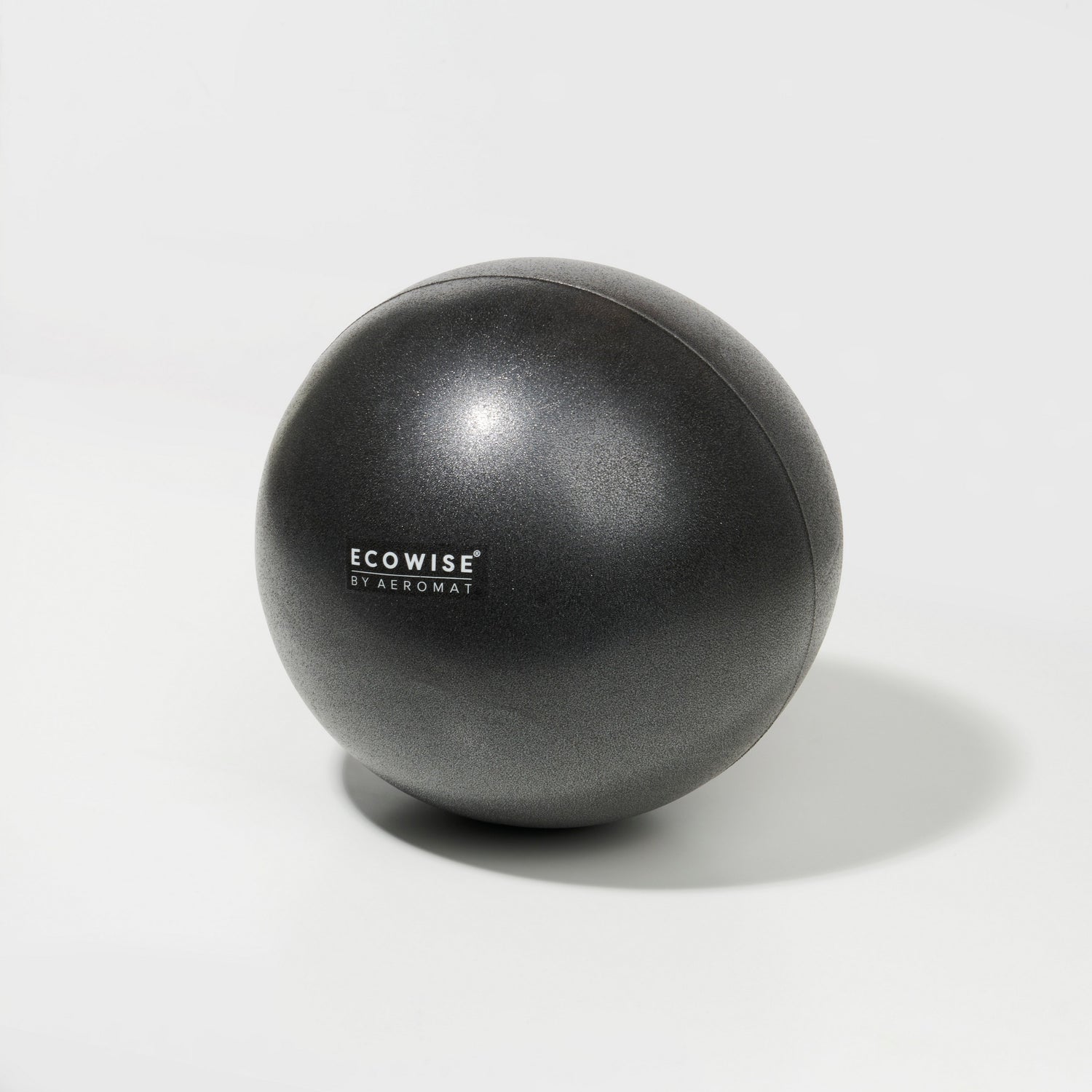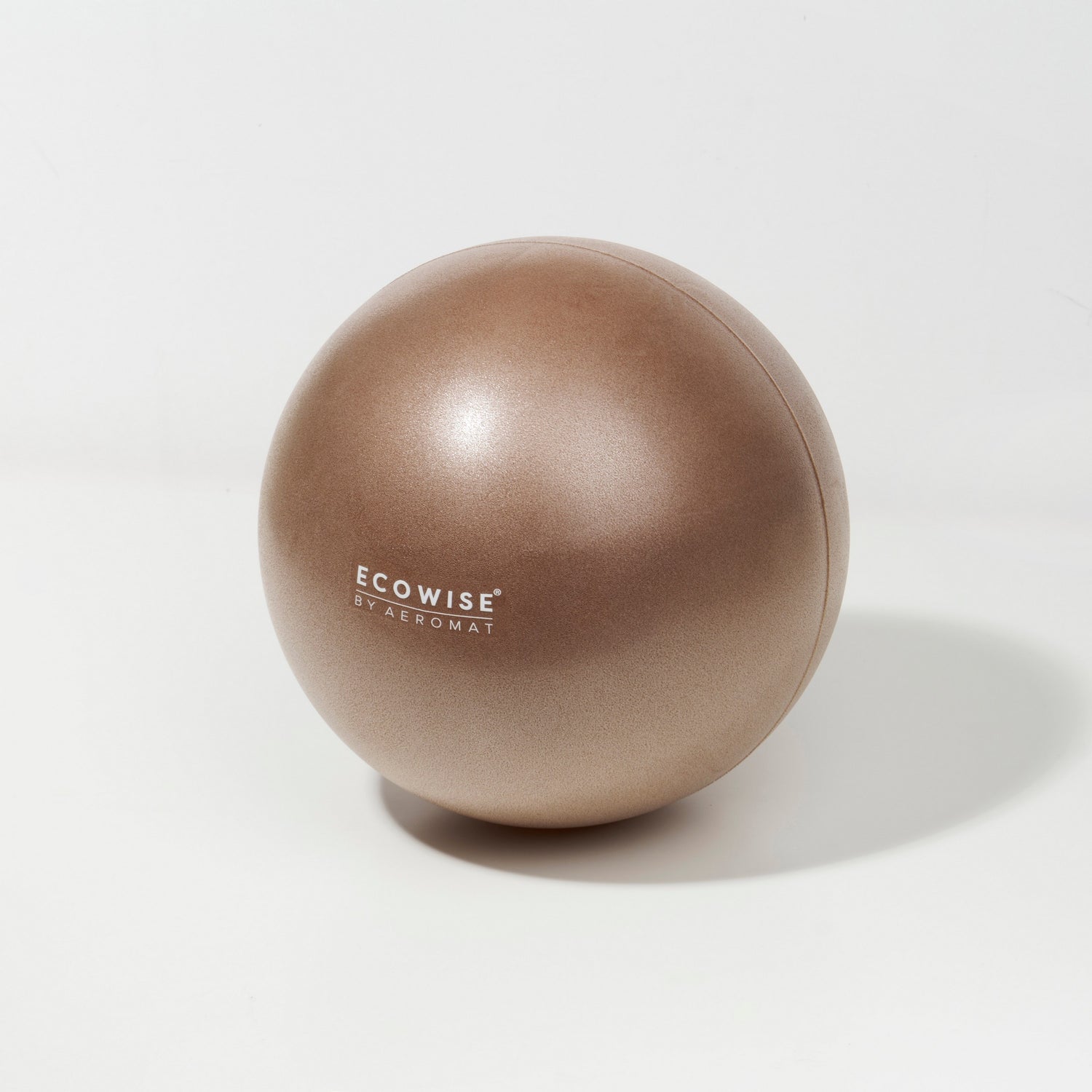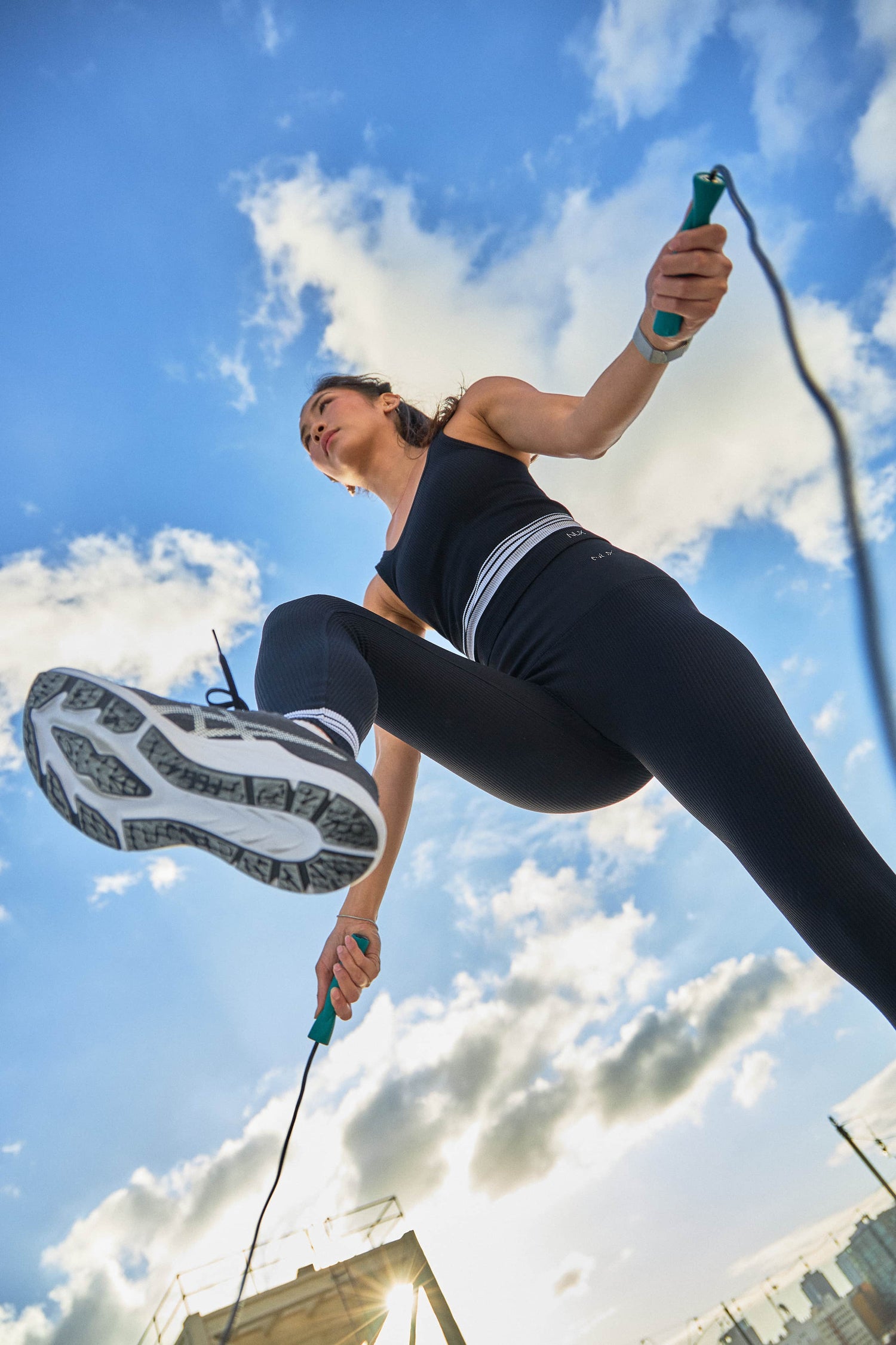Physical fitness is a cornerstone of a healthy lifestyle, offering benefits that extend beyond mere physical health to include mental and emotional well-being. However, as the interest in personal fitness continues to grow, so does the incidence of exercise-related injuries. One often overlooked but crucial aspect of a safe and effective workout routine is the use of proper equipment, specifically exercise mats. This article explores the pivotal role that exercise fitness mats play in preventing injuries during workouts, emphasizing the significance of quality fitness equipment in maintaining overall health and wellness.
Understanding Exercise Mats
Exercise mats, also known as fitness mats or workout mats, are not just simple accessories; they are fundamental components of any fitness regimen. Designed to provide a cushioned and stable surface, these mats facilitate a wide range of activities, from yoga and Pilates to high-intensity interval training (HIIT) and strength training exercises. Available in various thicknesses, sizes, and materials, exercise mats cater to diverse needs and preferences, ensuring that every individual can find a mat that suits their specific workout requirements.
Types of Exercise Mats and Their Specific Roles
Different types of exercise mats serve various purposes, making the selection process an integral part of injury prevention. Here’s a brief overview:
- Yoga Mats: Typically thinner than other exercise mats, yoga mats offer sufficient cushioning with excellent grip for balance and stability in yoga poses.
- Pilates Mats: These are thicker than yoga mats, providing extra cushioning needed for the rolling and lying down exercises common in Pilates.
- Fitness Mats: Designed for general exercise, these mats are versatile, providing the cushioning and stability needed for a wide range of workouts.
The Role of Exercise Mats in Injury Prevention
The primary function of exercise mats is to reduce the impact on the body during exercise. This cushioning effect is crucial in preventing a range of injuries, including:
- Joint Stress: High-impact exercises can put a significant strain on joints. Exercise mats absorb some of this impact, reducing the stress on knees, ankles, and wrists.
- Muscle Strain: A proper exercise surface can aid in the correct form and alignment during workouts, minimizing the risk of muscle strains.
- Back Pain: Exercises that involve lying down can be hard on the back when performed on a hard surface. Mats provide a supportive cushion, helping to prevent back pain.
- Slips and Falls: The non-slip surface of most exercise mats offers stability during workouts, reducing the risk of slips and falls that can lead to serious injury.
Exercise Fitness Mats: Enhancing Performance and Comfort
Beyond injury prevention, exercise mats contribute to enhanced performance and comfort during workouts. The cushioned surface of a mat facilitates a wider range of movement, allowing for more effective exercise execution. Additionally, the insulation provided by exercise mats against cold floors can help maintain body temperature, thereby improving comfort and focus during workouts.
Selection Criteria for the Ideal Exercise Mat
Choosing the right exercise mat is essential for maximizing its benefits. Factors to consider include:
- Material: Opt for mats made from durable, eco-friendly materials that provide the right balance of grip and cushioning.
- Thickness: The ideal thickness depends on your workout preference. Generally, a thickness of about 1/8 to 1/4 inch is suitable for yoga, while Pilates and other floor exercises might require thicker mats.
- Size: Ensure the mat is long and wide enough to accommodate your body and the range of movements involved in your workout regimen.
- Ease of Cleaning: Look for mats that are easy to clean and maintain, as hygiene is paramount in preventing skin infections and other health issues.
Explore Exercise Mats at Aeromat
As we have explored, exercise mats play a crucial role in preventing injuries during workouts, offering a blend of safety, performance enhancement, and comfort. At Aeromat, we understand the importance of quality fitness and workout equipment in achieving your fitness goals. That's why we offer a premium selection of yoga and Pilates exercise mats, among other workout equipment and accessories.
Our exercise mats are designed with your safety and workout effectiveness in mind. Crafted from high-quality materials, our mats provide the perfect combination of cushioning and stability to support you in your fitness journey. Whether you're a beginner or a seasoned athlete, our collection caters to every need and preference.
We invite you to browse our collection of workout equipment and accessories. Our team is dedicated to providing you with the best products to enhance your workout experience. Should you have any questions or concerns, please feel free to contact us. At Aeromat, your fitness is our priority, and we're here to support you every step of the way
FAQs
How do I choose the right thickness for my exercise mat?
The right thickness depends on your workout type and personal comfort. For yoga and balance-focused exercises, a thinner mat (around 1/8 inch) is ideal, while for Pilates or high-impact workouts, a thicker mat (around 1/2 inch) offers better cushioning.
Can I use an exercise mat on any surface?
Yes, exercise mats are designed to be versatile and can be used on most surfaces. However, for best results and to prevent slipping, it's recommended to use them on flat, even surfaces.
Are exercise mats necessary for all types of workouts?
While not every workout requires an exercise mat, they are highly recommended for any exercises performed on the floor to prevent injury, provide cushioning, and improve stability.
How often should I replace my exercise mat?
The lifespan of an exercise mat depends on its quality and how frequently it's used. Typically, replacing your mat every 6 to 12 months is recommended if you use it regularly to ensure it continues to provide adequate support and hygiene.
Can exercise mats be used for outdoor workouts?
Absolutely, exercise mats can be used outdoors. However, it's important to choose a mat that is durable and suitable for the outdoor environment to ensure longevity and performance.

